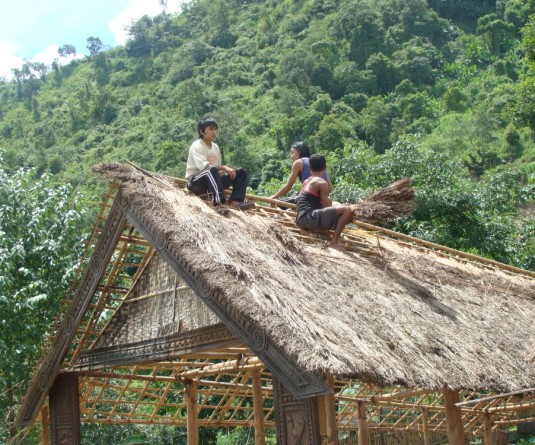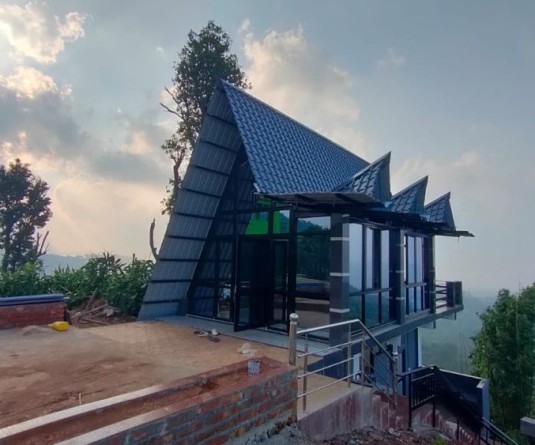The rare Dzükou Lily faces an uncertain future for its survival. (Photo Courtesy: Viraseto Neikha)
.jpg)
Morung Express news
Kohima | June 22
The rare Dzükou lily, which was once the charm of the onset of monsoon season in the Dziikuo Valley, is now decreasing over the years, thereby raising a call for preserving and conserving the endemic flower.
According to several persons including researchers and locals, one reason lies in the susceptible invasion of plants like the dwarf bamboo (Yushania Rolllaona) or lack of initiatives to preserve the species.
.jpg)
Dr Vizovol Mekro explained that the lily which is only found in the upper reaches of the valley is of the same species with variation in colour, with the lily found in Shiroi Peak, Ukhrul district of Manipur. The variation in the colour of Dzükou lily is richer pink.
The endemic Dzükou lily, according to Dr Mekro was first identified, in the valley, by Hijam Bikramjit of the Life Sciences Department of Manipur University, in 1991. He gave the scientific name Lilium chitrangadae.
However, later studies found that the lily was botanically similar to Shirui lily or lilium Mackliniae. As such, the scientific name Lilium chitrangadae does not stand anymore since it is the same as lilium Mackliniae. Lilium Mackliniae was first identified by an Englishman, Frank Kingdon-Ward who named it after his wife.
The pink lily blooms once in a year in the month of May and June, in the higher reaches of the valley.
One important reason it is regarded rare and endemic may also be because it cannot be grown in other areas.
Viraseto Neikha, who is a caretaker of the resthouse in Dzükou says that even in the past, locals and villagers especially from Viswema have attested that they have taken the bulb and plant to grow; however, it did not survive.
Dr. Mekro, in this regard says altitude matters for the growth of the flower. He informs that the altitude of Dzükou o is about 2400 metres and similarly the Shiroi peak is about 2800 metres, where the similar lily grows. Therefore, requiring a higher altitude for its growth.
However, in recent years, among other rare plant species endemic to the valley, the Dzükou lily is decreasing. “It is becoming a rare sight, and many come to Dzükou particularly during this time of the year but go back without seeing the plant,” the caretaker informs.
One observation, Dr. Mekro puts is wherever the dwarf bamboo is less it blooms abundantly as the bulb can spread easily.
Er Keheibamding Thoü, Senior Research Associate of the Forest Department observed that the dwarf bamboo, considered also an endemic and pioneer species of Dzükou valley becomes invasive to several species and surrounding forested areas of the valley following forest fire, the dominant component suppressing other native species.
He said that several species are facing survival threat and a few are on the verge of extinction since the regeneration of the bamboo species is very fast and grows rigorously after fires, with the rhizomes growing deep in the soil.
Thoü suggests some mitigation and control measures which are scientific and traditional in nature. Foremost among them is the traditional practice of digging around the bamboo with shovel cutting fire lines and trimming in between the thick bamboo areas where flowers species are likely to be present. Another scientific practice, he mentions is barrier technologies for environmental management.
Compared to the Shiroi Lily, which is also susceptible to invasive plants like the dwarf bamboo, many steps have been taken and are in place for its preservation.
For instance, initiatives like establishment of the Shiroi National park in 1982; the Department of Environment and Heritage, Goa 2013 expedition to raise awareness on the lilies; the National Institute of Bio Resources campaign to develop habitat of the Shiroi lily in 2015 etc, Dr. Mekro said have positively bolstered other organizations in the country to come in rescue of the plant.
However, such steps are yet to be seen for the endangered species here.






